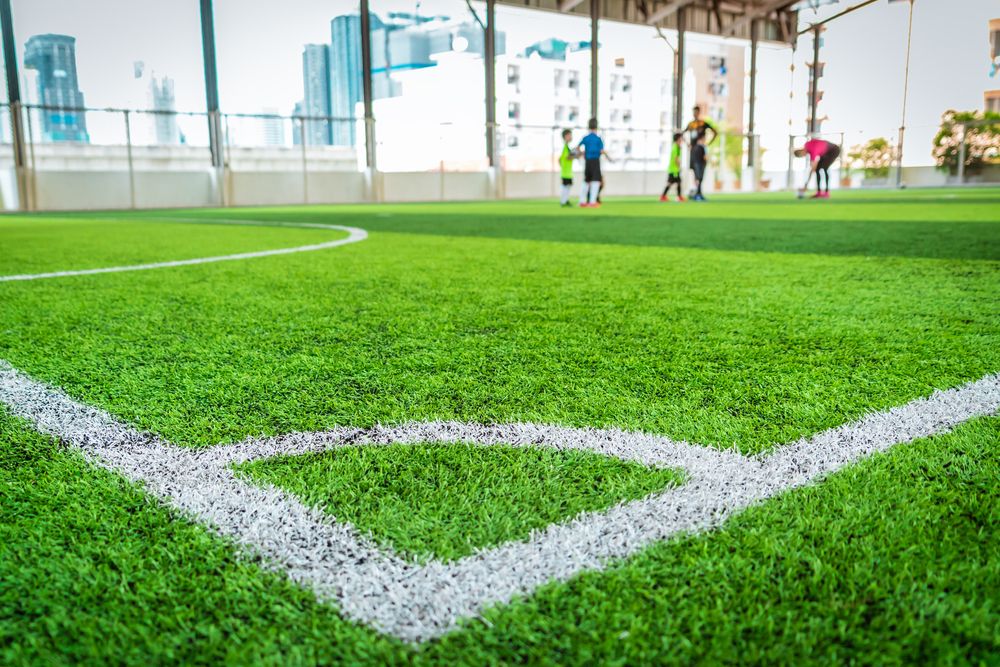How Long Do Turf Fields Last?
Read More

While all turf may look the same at first glance, selecting the right turf is an important step when designing the ideal playing surface. Sporting turf provides universal coverage and will work with any field, but there are a few important variables to consider when finding a turf that’s the perfect fit for your space.
The main components of modern turf include the upper grass layer, infill mixtures, shock absorption padding, and a leveling foundation layer. Depending on intended use, subtle changes in the turf face weight (grass fibers per square yard), type of grass selected, infill materials, and amount of padding will all impact the surface performance, feel, and durability.
When designing an indoor arena, indoor turf installation featuring a higher face weight will hold up to the rigorous demands of consistent wear and tear. For impact sports and injury prevention, you can select a turf with greater shock absorption while still benefiting from added player traction and consistent surface responsiveness. Since indoor turf is generally tougher and denser, you can expect a less natural feeling grass as durability and consistency are the primary goals.
With outdoor fields, selecting a turf that more closely resembles and feels like natural grass may be the goal. These turfs are aesthetically pleasing, provide robust traction, and feature ground play that mimics natural fields. Since outdoor fields generally see less use than indoor fields, a more affordable, lower face weight turf may be appropriate. Even though lower face weight turfs may be slightly less durable than indoor varieties, they are still designed to last for years of extended use.
Since indoor turfs are designed to be used around the clock, you can expect different maintenance plans due to shorter grass fibers, denser face weights, and protection from the elements. Since you’re not dealing with weather, animals, natural debris, or perimeter growths, gently raking to fluff and align the fibers is the main step required to maintain performance consistency. Raking prevents high-use patterns from interfering with surface integrity and helps to proactively protect the underlying fiber matrix.
With outdoor artificial turf maintenance, you can expect to remove more debris, ensure drainage systems are working properly, and clear any growths around the perimeter. Even though outdoor fields see less use than indoor arenas, occasional raking to align fibers is required to prevent inconsistencies in the player surface.
When selecting the perfect turf for your field, an experienced contractor can help you compare your options with clarity. If you have any questions about which turf is right for your field, get in touch with Keystone Sports to discover the best options!